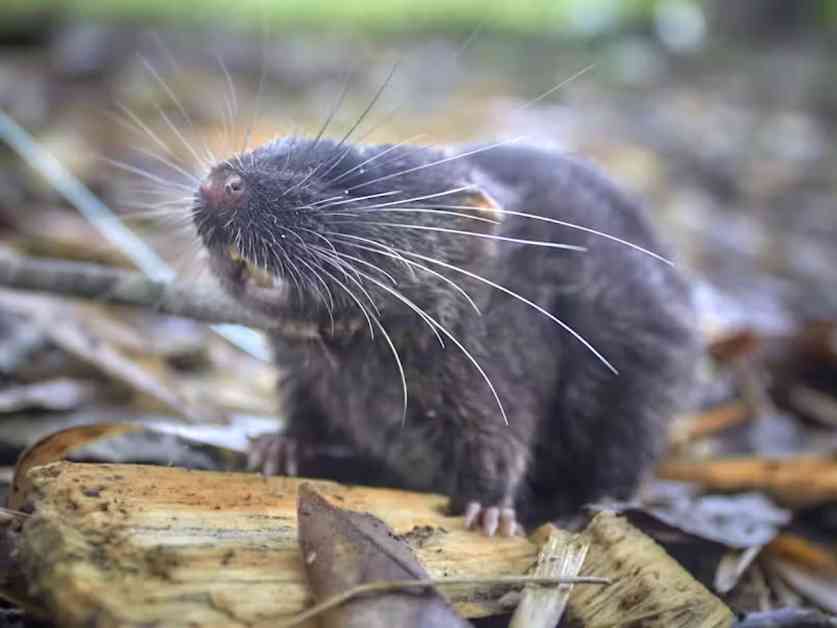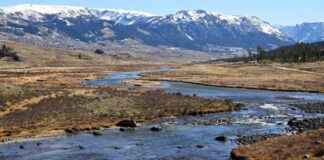Researchers in northwest Peru’s Alto Mayo region have made a groundbreaking discovery during a recent expedition. The team uncovered 27 new animal species, including a semi-aquatic mouse, a tree-climbing salamander, and a unique “blob-headed fish.” This remarkable find sheds light on the rich biodiversity hidden within the Amazon rainforest.
Unveiling New Species
The 38-day survey led by Conservation International recorded over 2,000 species of plants and wildlife, with a significant number never seen before. Among the new discoveries were four mammal species, eight fish species, and three amphibians, leaving experts astounded by the abundance of previously unknown creatures.
Trond Larsen, head of the Rapid Assessment Program at Conservation International, expressed his awe at the findings, emphasizing the rarity of discovering multiple mammal species in a single expedition. The team’s efforts were supported by Indigenous scientists, guides from Global Earth, and local experts from the Indigenous Regional Federation of the Alto Mayo Awajun Communities.
Challenges and Conservation
The expedition faced challenges due to deforestation and human settlements within the study area, making the discovery of diverse wildlife even more remarkable. The researchers navigated through swamps, rivers, and lagoons, braving various terrains to document the newfound species.
Despite the threats posed by habitat loss and human activities, the expedition highlighted the coexistence of people and nature in the region. Conservationists stressed the importance of immediate action to preserve these fragile ecosystems and protect the newly identified species from extinction.
Preserving Biodiversity
Diego Dourojeanni, a leader at Conservation International, emphasized the need for sustainable practices to safeguard the Alto Mayo’s biodiversity. Efforts to address deforestation and promote alternative livelihoods among local communities are crucial steps towards conservation.
By creating a conservation corridor to connect fragmented forest areas, researchers aim to establish long-term protection for the region’s wildlife. Understanding the distribution of species enables informed land management decisions and supports sustainable activities like ecotourism and agroforestry.
Looking Towards the Future
As communities in Alto Mayo embrace conservation efforts and recognize the value of their forests, there is hope for a harmonious coexistence between people and nature. By fostering a deeper emotional connection to the environment, stakeholders can work together to ensure the preservation of precious ecosystems for future generations.
The expedition serves as a testament to the untapped potential of biodiversity in the Peruvian Amazon and underscores the urgent need to protect these invaluable natural resources. Through collaborative conservation initiatives and sustainable practices, the path towards a more balanced relationship between humans and the environment becomes clearer.














